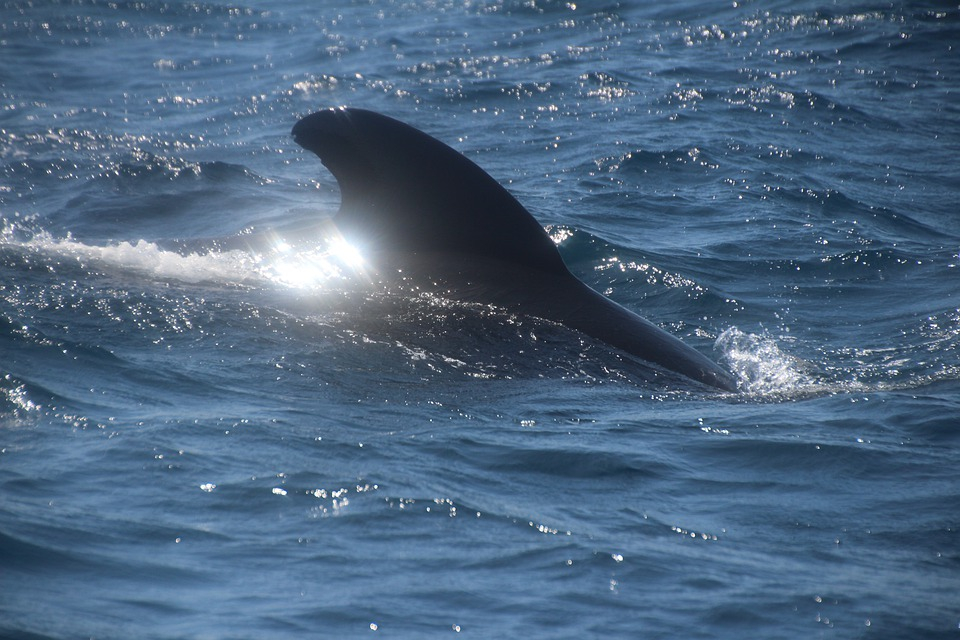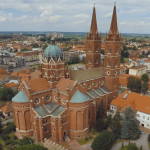
As Morski writes on the 4th of July, 2020, a beautiful fin whale was spotted recently swimming peacefully in the bay of Omisalj. This species of whale’s closest relative is the enormous blue whale, otherwise the largest animal on Earth.
”I think you can hear from my voice in the video how excited I was. It was pure luck that I was looking in the right direction at the right time and that the whale decided to take another breath before diving back down. If I hadn’t been able to record those few seconds, nobody would have believed me. Professor Magda Sindicic from the Faculty of Veterinary Medicine identified him as a great northern whale, referred me to their database and I entered the sighting data. Honestly, I didn’t want to make the video public purely because I didn’t want someone to upset him. But my friends wanted to share it and now a lot of people have seen it. I hope that it won’t harm him,” the author of the video, Goran Mehanovic, told the Bodulija.net portal.
Great northern whales are protected by law and are on the endangered species list. They usually come to the Adriatic in search of food, most often for small blue fish and planktonic shrimp. The animal is on average 20 metres long and weighs 70 tonnes.
Fin whales live in all of the world’s oceans. They spend their summers in polar or moderately cold waters, and in winter they come to moderately warm and tropical seas. As the seasons are reversed in the northern hemisphere when compared to the southern hemisphere, they’re never encountered at the equator. Some zoologists consider these to be two separate subspecies: the northern fin (B.p.physalus) and the southern fin (B.p. quoyi).
Whale fins live in groups of 5 to, possibly, 10 animals. Before whaling, there were “schools” of fin whales and up to 300 animals in them. They swim faster and dive deeper than most other large whales. They can swim at a speed of about 37 km/h and regularly dive to a depth of 200 metres, staying under the water for fifteen minutes at a time. These whales feed almost exclusively on krill. They feed, much like the blue whale, exclusively in their summer habitats, and during the winter they consume their fat stores.
They only have one baby, and the mother gives birth to it when she arrives at her summer residence. The baby is about 6.5 metres long and weighs 1,800 kilograms at birth. They reach sexual maturity at the age of about 10, and live to be more than 100 years old.
Watch the video taken near Omisalj below:
For more, follow our lifestyle page.








